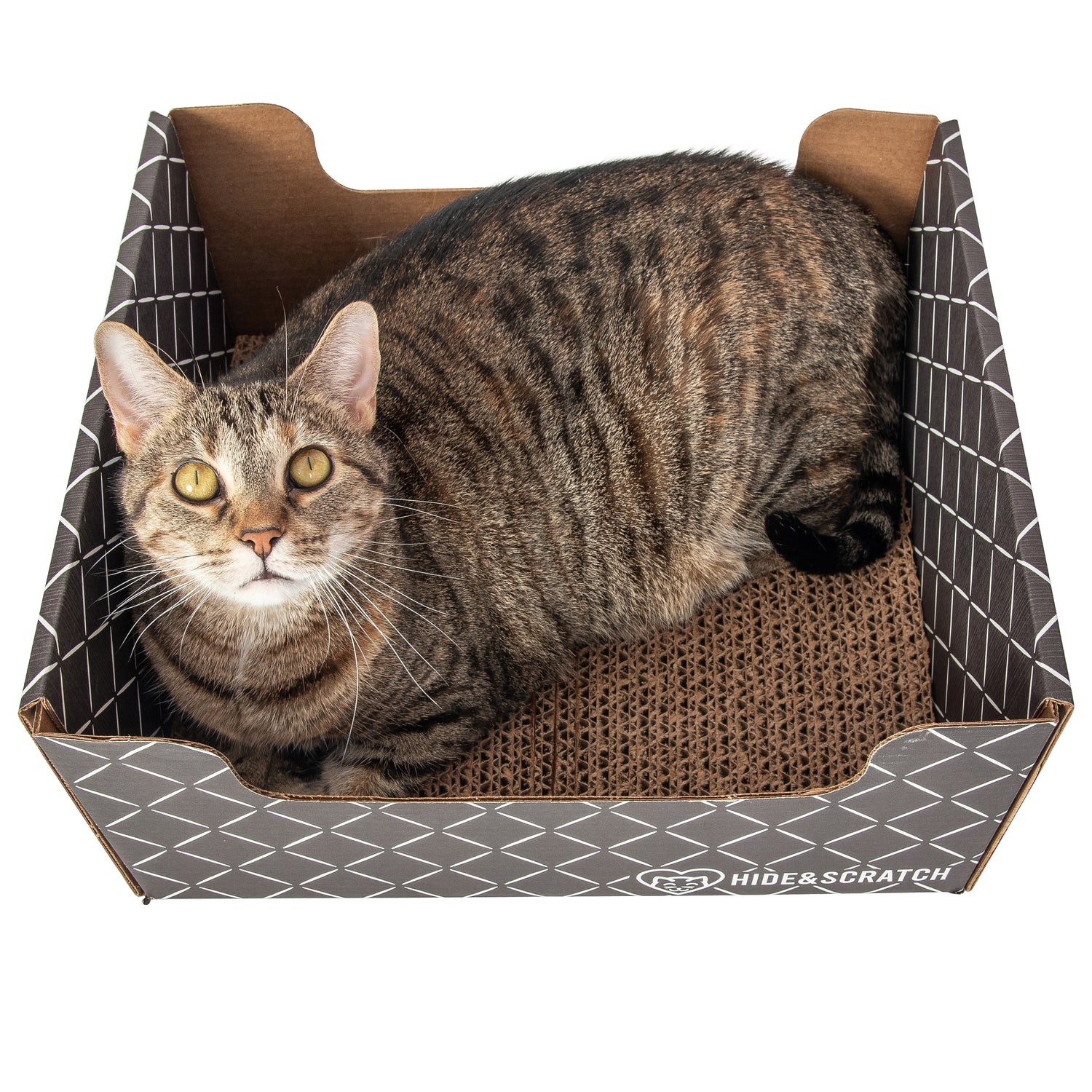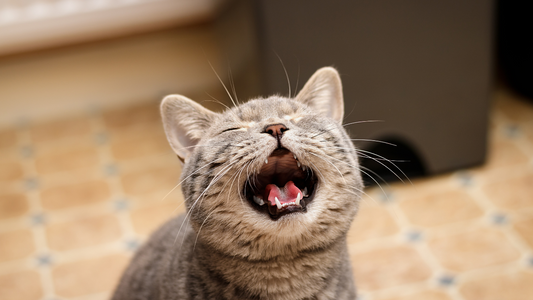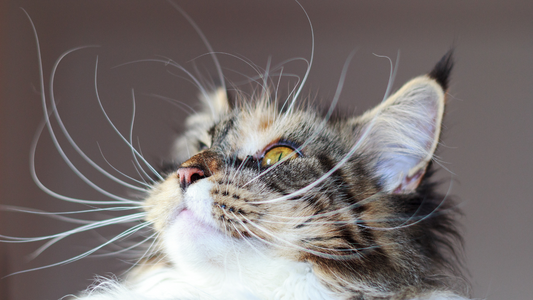Why do cats have whiskers? These long, sensitive hairs are one of the most distinctive features of a cat, and they serve a vital role in a cat’s sensory perception. Whiskers aren’t just for looks—they’re specialized sensory tools that help cats navigate their world. In this blog, we’ll explore the fascinating function of whiskers, with a special focus on the whiskers above a cat’s eyes and other key locations on their body.
What Are Whiskers, and Why Do Cats Have Them?
Whiskers, also known as vibrissae, are highly sensitive, specialized hairs that provide cats with important sensory information about their surroundings. Why do cats have whiskers? These long, stiff hairs are embedded deep into the skin and connected to a dense network of nerve endings. This gives whiskers their remarkable ability to detect even the slightest changes in their environment, making them an essential tool for a cat’s day-to-day activities.
How Do Cats Use Their Whiskers?
Cats rely heavily on their whiskers to gather information about the world around them. Here’s a detailed explanation of how whiskers help cats:
1. Navigating in the Dark
Cats are known for their excellent night vision, but their whiskers also play a crucial role in helping them navigate in low light. The vibrissae can detect small air currents, which helps them avoid obstacles and sense nearby objects, even in the dark. Why do cats have whiskers? They allow cats to "feel" their surroundings without needing to rely solely on their eyesight.
2. Measuring Space
Whiskers help cats gauge whether they can fit through tight spaces. A cat’s whiskers often match the width of its body, acting as a built-in measuring tool. Before entering a tight space, cats use their whiskers to gauge whether they can fit. This is especially useful for cats exploring small or confined areas.
3. Hunting and Protecting Themselves
Whether hunting or playing, cats rely on their whiskers to detect even the slightest movements around them. The whiskers can detect even the tiniest vibrations, helping cats identify the exact position of their target. Whiskers also help protect a cat’s eyes by triggering a blink reflex if they sense an object approaching too closely.
Why Do Cats Have Whiskers Above Their Eyes?
One of the lesser-known whisker locations is the set of whiskers above a cat’s eyes, also known as supraorbital whiskers. Why do cats have whiskers above their eyes? These whiskers play an essential role in protecting their eyes from potential harm. When a cat moves through tall grass or navigates narrow spaces, the whiskers above their eyes help detect objects that might scratch or injure their face. If the whiskers sense an object, they prompt the cat to blink, preventing injury.
Other Key Whisker Locations
In addition to the whiskers above their eyes, cats have vibrissae in several other key locations:
- Muzzle whiskers: These are the longest and most prominent whiskers, located on either side of the nose. They help with navigation and detecting objects.
- Chin whiskers: These are located on a cat’s chin and help with sensing objects below the head.
- Leg whiskers (carpal whiskers): Found on the back of a cat’s forelegs, these whiskers help detect movement while a cat is hunting or climbing.
Conclusion: Whiskers Are Vital to a Cat’s Sensory World
Why do cats have whiskers? Whiskers are far more than just decorative—they are an essential part of a cat’s sensory system. From navigating in the dark and gauging tight spaces to protecting their eyes and detecting prey, whiskers help cats interact with their environment in remarkable ways. Understanding the role of whiskers can give you a deeper appreciation for your feline friend and the incredible tools they use to explore the world.
By keeping your cat’s whiskers healthy and free from damage, you help maintain their overall well-being. Just remember: never cut or trim a cat’s whiskers, as doing so can disorient and distress them, affecting their ability to navigate and feel safe. Whiskers are one of nature’s finest tools, allowing cats to navigate, hunt, and explore with confidence.





